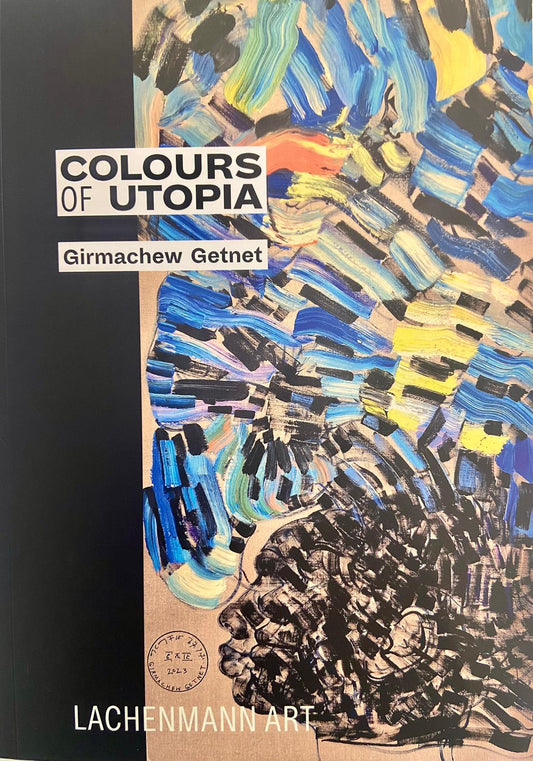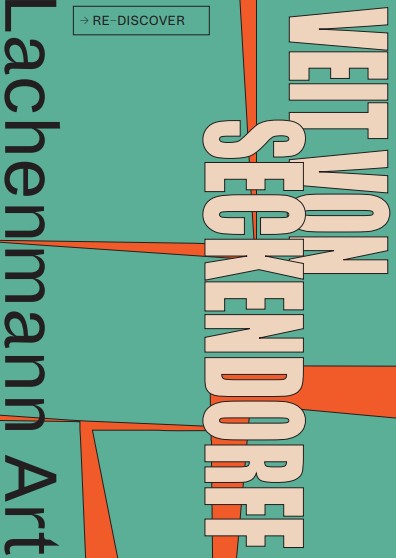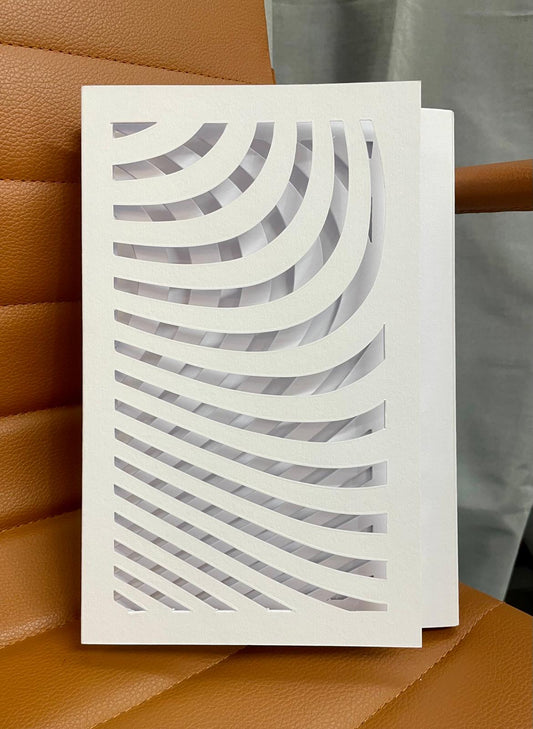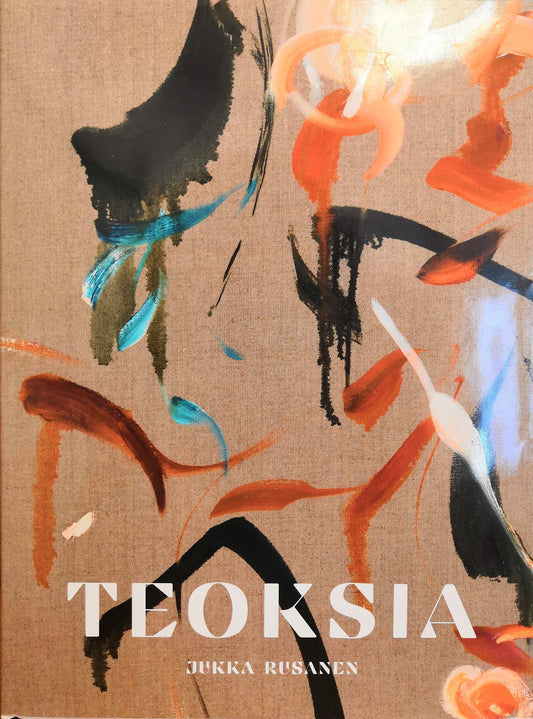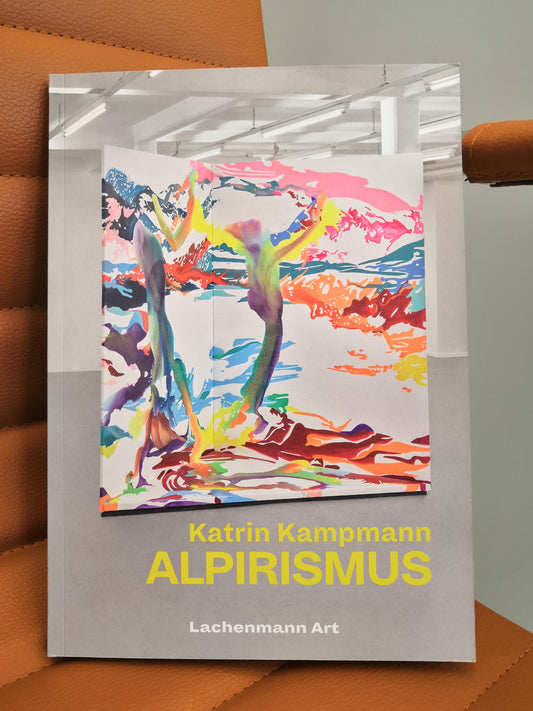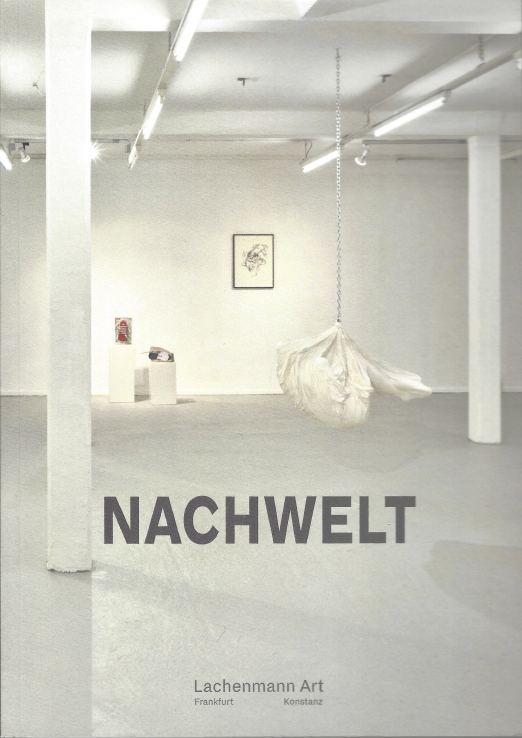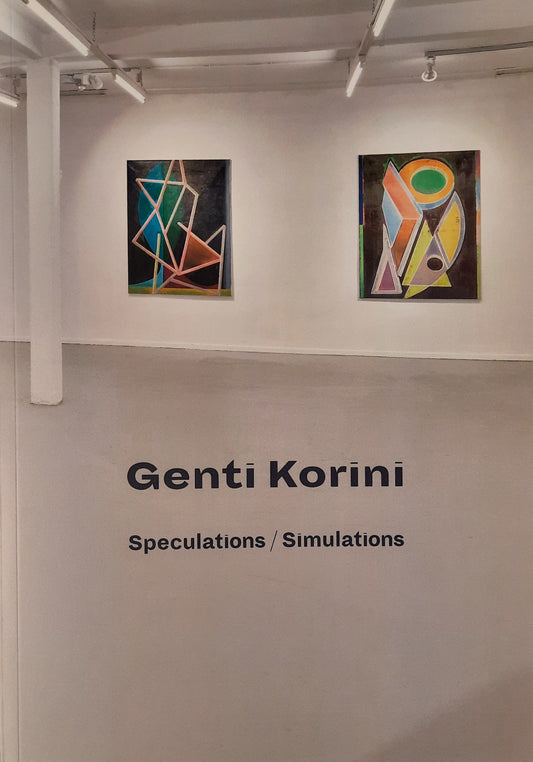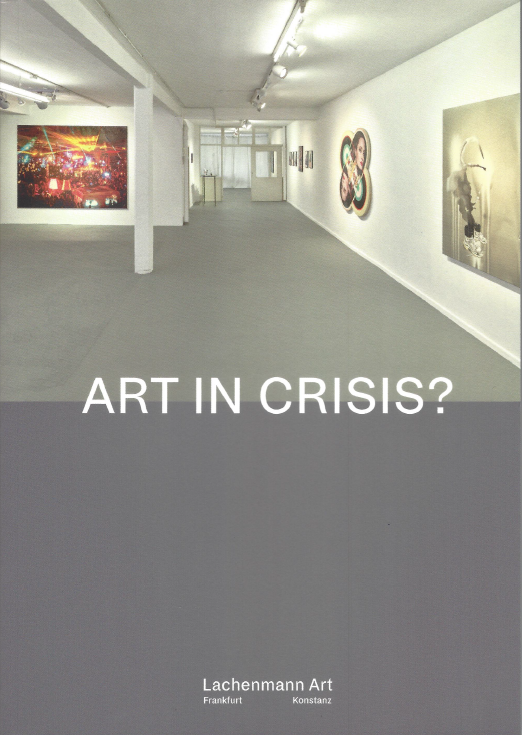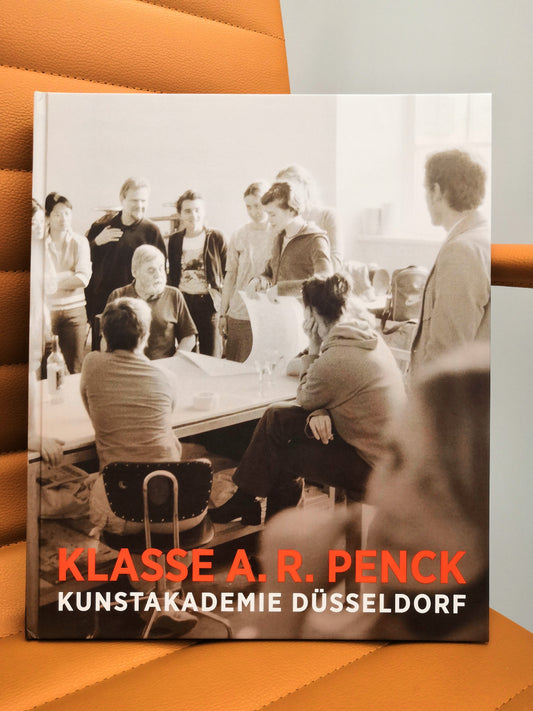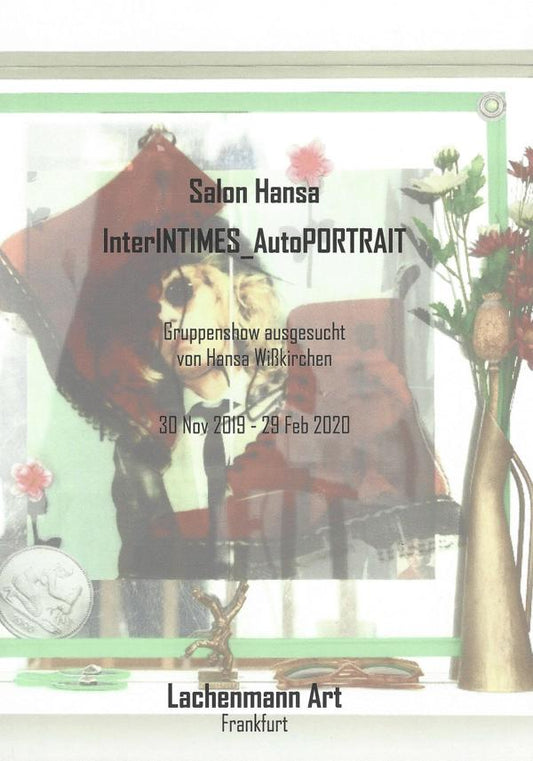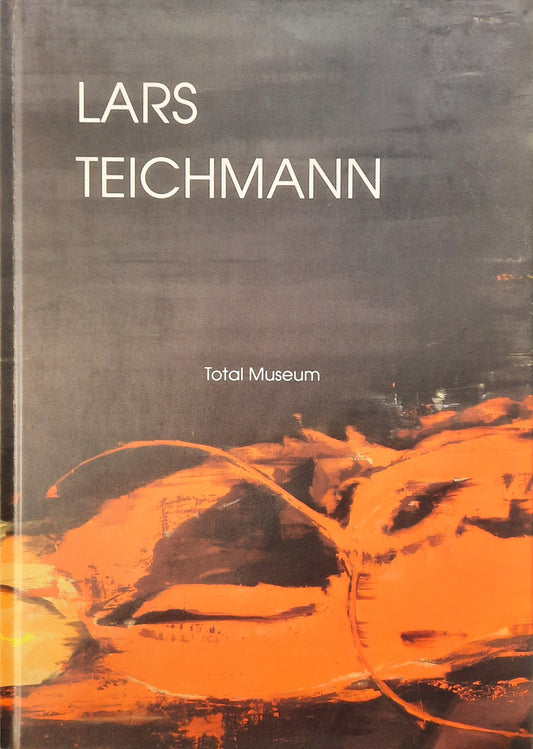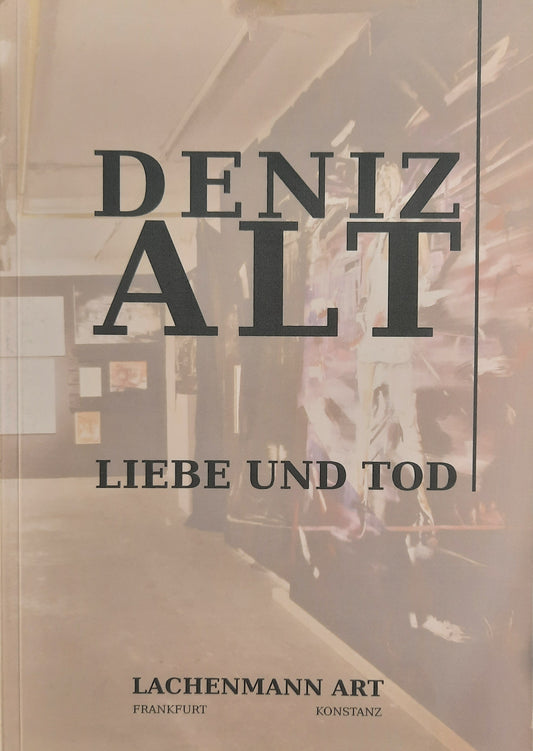›RENDER‹ 08/05/2021—10/07/2021
›RENDER‹ 08/05/2021—10/07/2021
Frankfurt 08/05/2021—10/07/2021
The exhibition RENDER brings together the latest works by Munich-based artist Florian Lechner (*1981), which can be understood as a kind of digital sculpture. On the one hand, they utilise the digital in a virtuoso manner for sculpture and, on the other, critically examine its implications for the artwork and aesthetic experience, which is also referred to in the title of the exhibition.As an English verb, to render is basically to be understood as making, performing, proving. In German usage, however, this has become established primarily in connection with rendering as a term from design or computer graphics. Understood as image synthesis, it describes the process of creating an image or sketch from raw data for 2D or 3D space, whereby specific properties are transferred to the data or specifications are made. The term thus refers pointedly to what Lechner negotiates in his work when he designs bodies in virtual space and prints images of these bodies on aluminium composite panels, which he then processes further. Or when he prints out parts of the body in different sizes using a 3D printer, creating image objects in the spirit of the post-Internet that do not require a distinction between original and copy.Just as this is one of the challenges of rendering, Lechner uses different forms, materials and formats to negotiate the problems between virtual observation and the visibility or visualisation of objects, the influence of the appearance of simulated and real surfaces on material properties, as well as the role and function of light refraction and lighting conditions, which have always been among the basic themes of classical sculpture. A significant difference and a decisive demarcation from tradition, however, is that Lechner does not bow to its conventions, but breaks away from them in the spirit of postmodernism in order to think them further.As can also be seen in the presentation of the works in the gallery spaces, Lechner negates the classic concept of the work and attempts to create a variety of physical and virtual relationships between the individual works and their digital reproductions, images and continuations, which now extend into social networks and their echoes.In this way, Lechner also addresses other current questions about the relationship between artistic autonomy and the preservation of aesthetic experience in this situation, which not only commodifies the work into a consumer item, but also preserves its otherness and uniqueness. By taking up these and other similar contemporary considerations, Lechner illuminates the fundamental contradictions of digital art. At the same time, he entices visitors to unconsciously enter into his discourse via the supposedly smooth, aesthetic and at the same time haptically appealing surfaces that are typical of Lechner's work and ultimately, as recipients, to expand the variety of relationships described.The exhibition RENDER shows digital sculpture that, on the one hand, makes the digital fruitful for sculpture and, on the other, critically examines its implications for the artwork and the aesthetic experience. Lechner creates bodies in virtual space and prints images of these bodies on aluminium composite panels, which he then processes further. Or he prints parts of the body in different sizes using a 3D printer. The result is Image Objects, as one might say with regard to the comparable works of Artie Vierkant, which do away with the distinction between original and copy. [...] (Dr Björn Vedder) Through the represented groups of works and an installative intervention in the basement of the gallery, which offers itself to the public as an accessible rendering on 300 square metres, a multidimensional overall structure is thus created in interaction. A catalogue will be published.Installation views: Credits Eric Tschernow
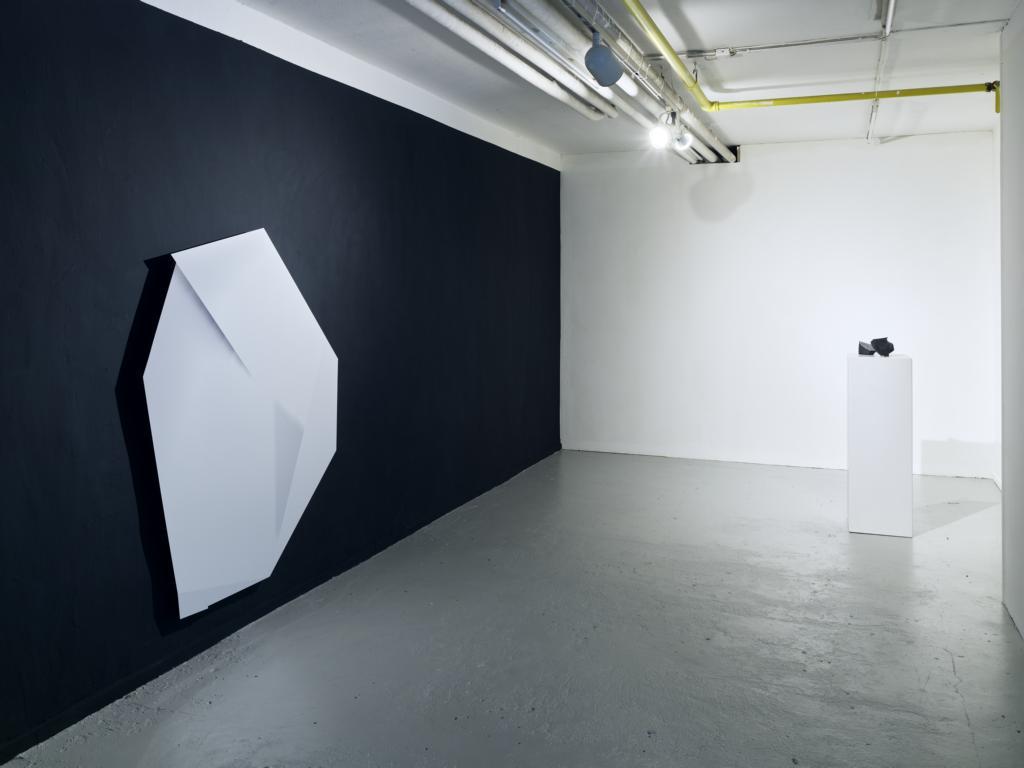
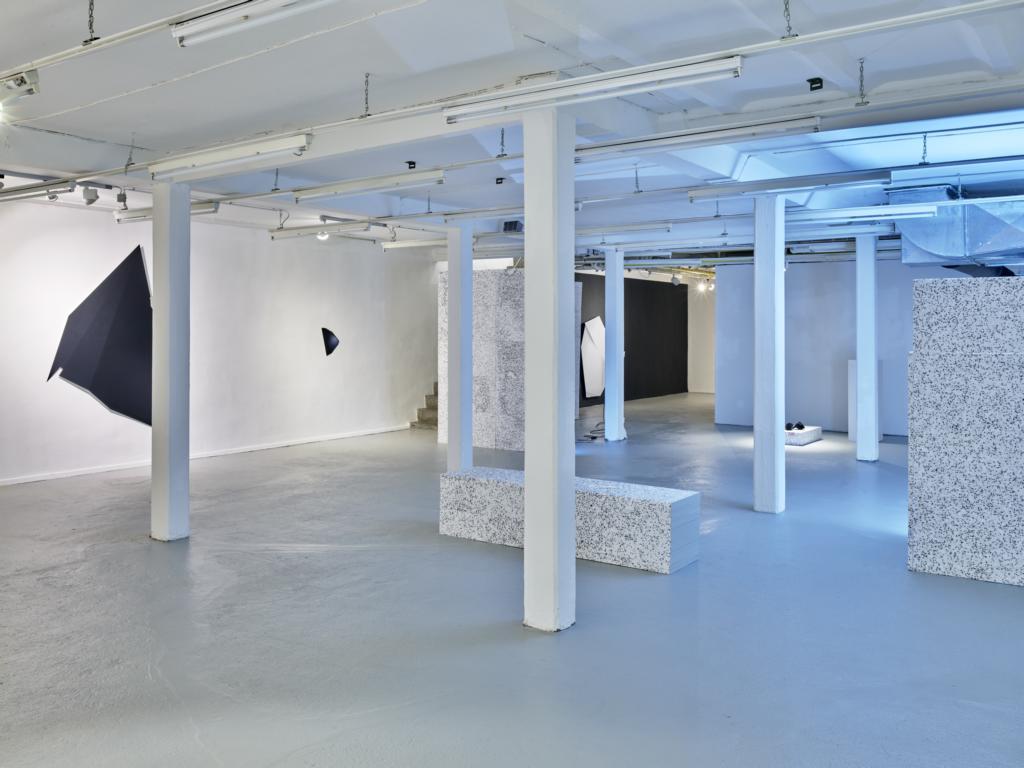
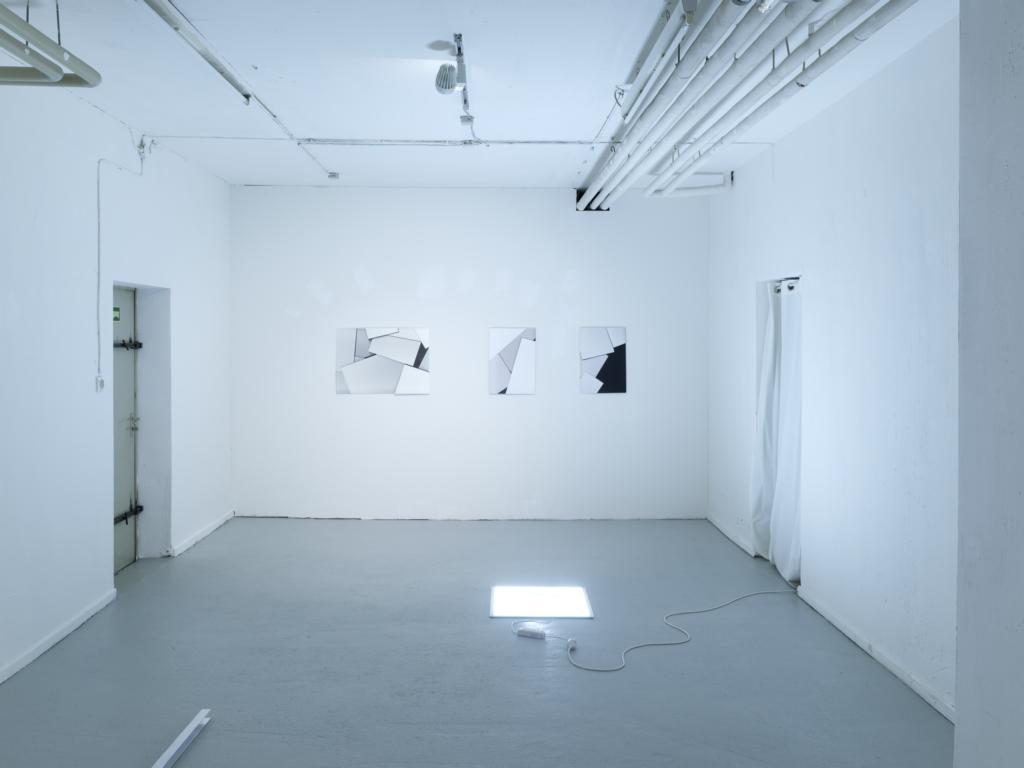
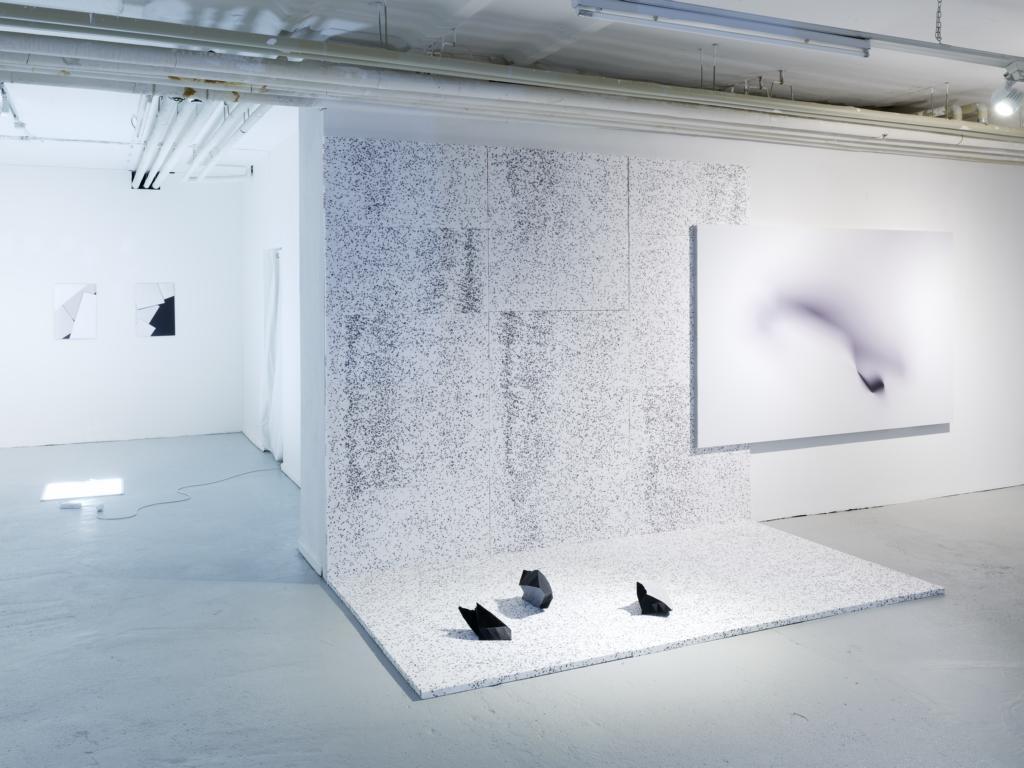
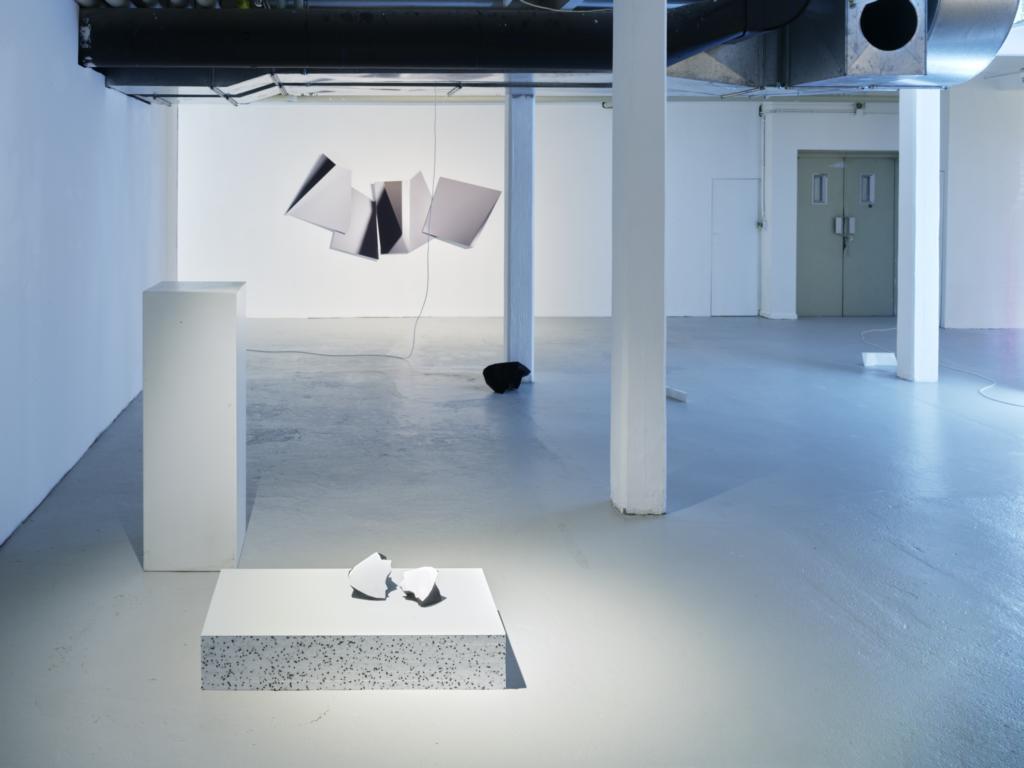
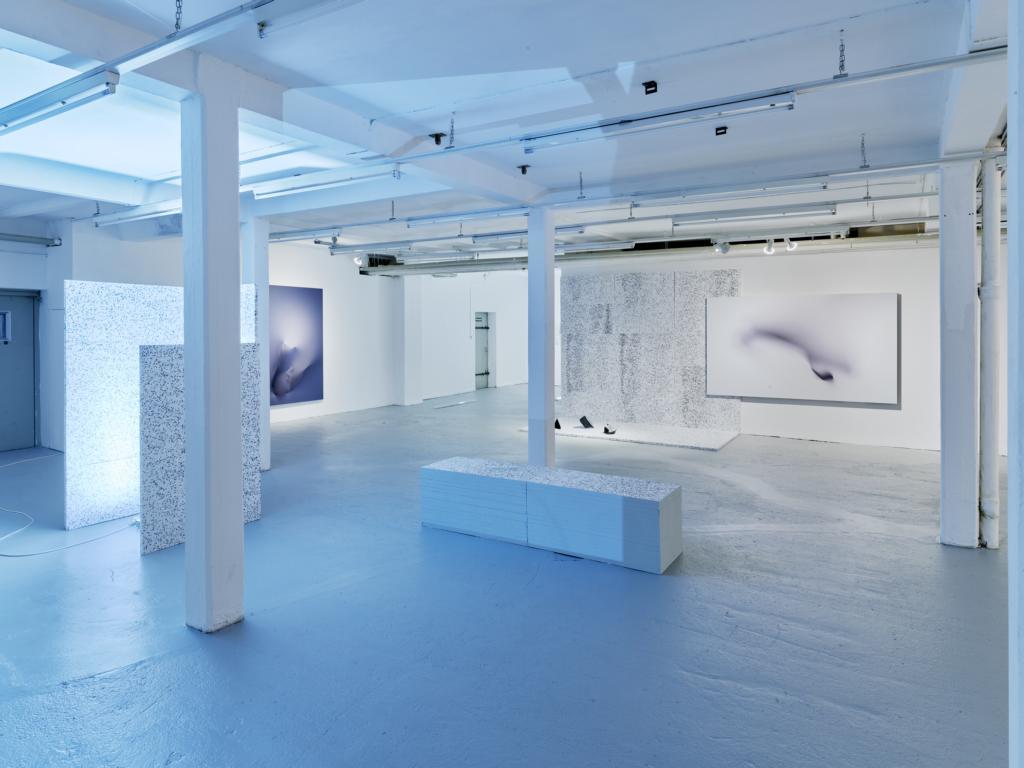
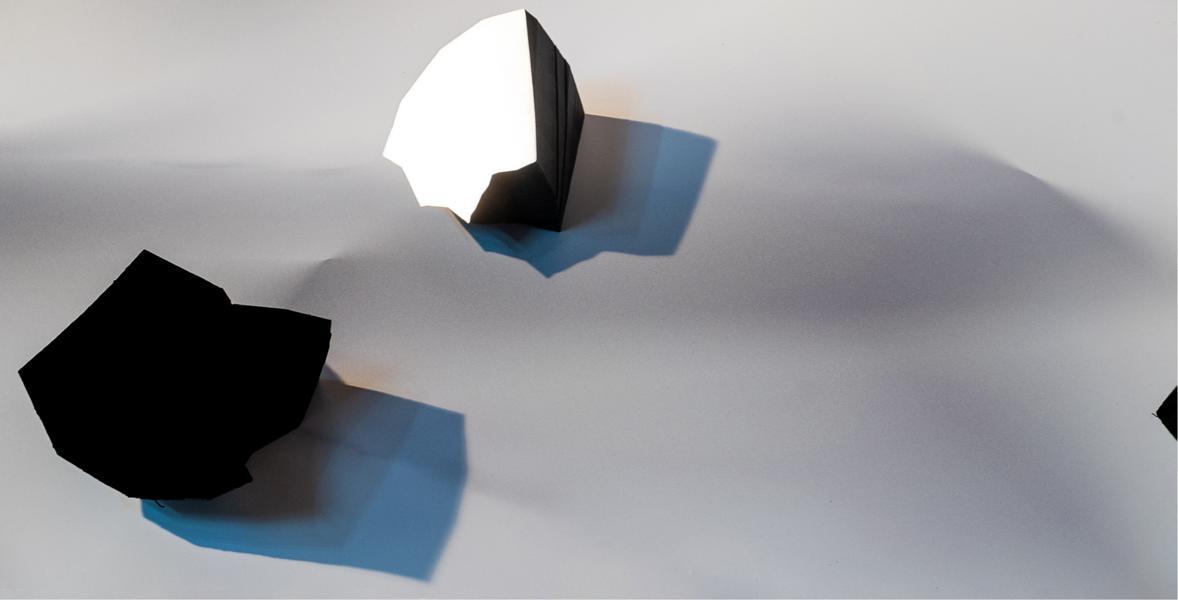
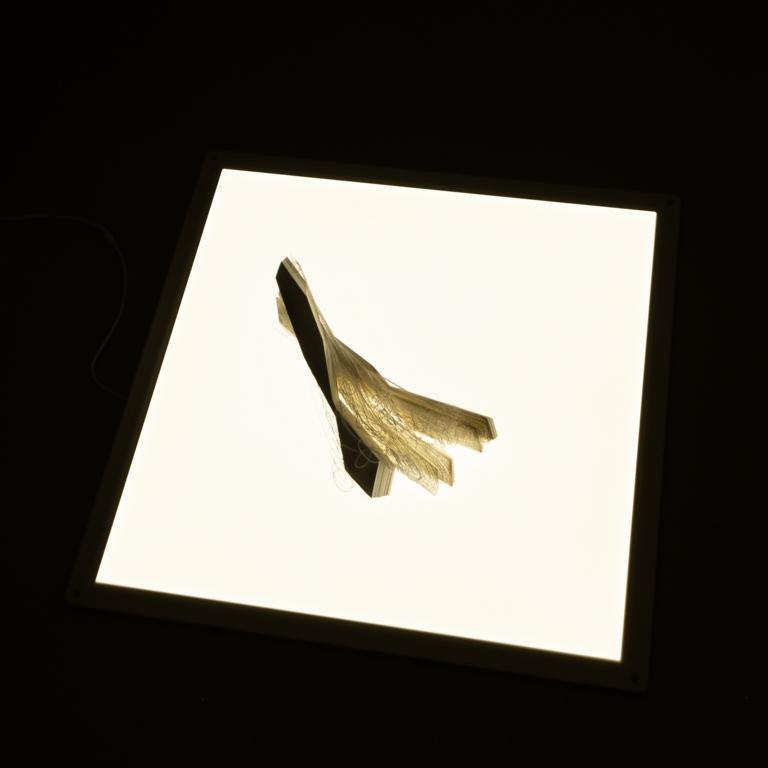
Exhibitions Catalogues
-
Catalogue ›Colours of Utopia‹ Girmachew Getnet | Lachenmann Art
Regular price €15,00Regular priceUnit price perCatalogue ›RE-DISCOVER‹ Veit von Seckendorff | Lachenmann Art
Regular price €15,00Regular priceUnit price perCatalogue ›Interferences‹ | Sandra Schlipkoeter
Regular price €40,00Regular priceUnit price perCatalogue ›Teoksia‹ Jukka Rusanen | Lachenmann Art
Regular price €25,00Regular priceUnit price perCatalogue ›Alpirismus‹ Katrin Kampmann | Lachenmann Art
Regular price €15,00Regular priceUnit price perCatalogue ›NACHWELT‹ Franziska Klotz, Agnes Lammert, Jirka Pfahl, Ronny Szillo | Lachenmann Art
Regular price €15,00Regular priceUnit price perCatalogue ›Speculations / Simulations‹ Genti Korini | Lachenmann Art
Regular price €15,00Regular priceUnit price perCatalogue ›Art in Crisis‹ group exhibition | Lachenmann Art
Regular price €15,00Regular priceUnit price perCatalogue ›Class AR Penck‹ | Kettler Verlag
Regular price €38,00Regular priceUnit price perCatalog ›Salon Hansa: InterINTIMES_AutoPORTRAIT‹ | Lachenmann Art
Regular price €15,00Regular priceUnit price perCatalogue ›Total Museum‹ Lars Teichmann | Lachenmann Art
Regular price €24,00Regular priceUnit price perCatalogue ›Love and Death‹ Deniz Alt | Lachenmann Art
Regular price €15,00Regular priceUnit price perDo you have any questions? Write to us!
- Choosing a selection results in a full page refresh.
- Opens in a new window.









